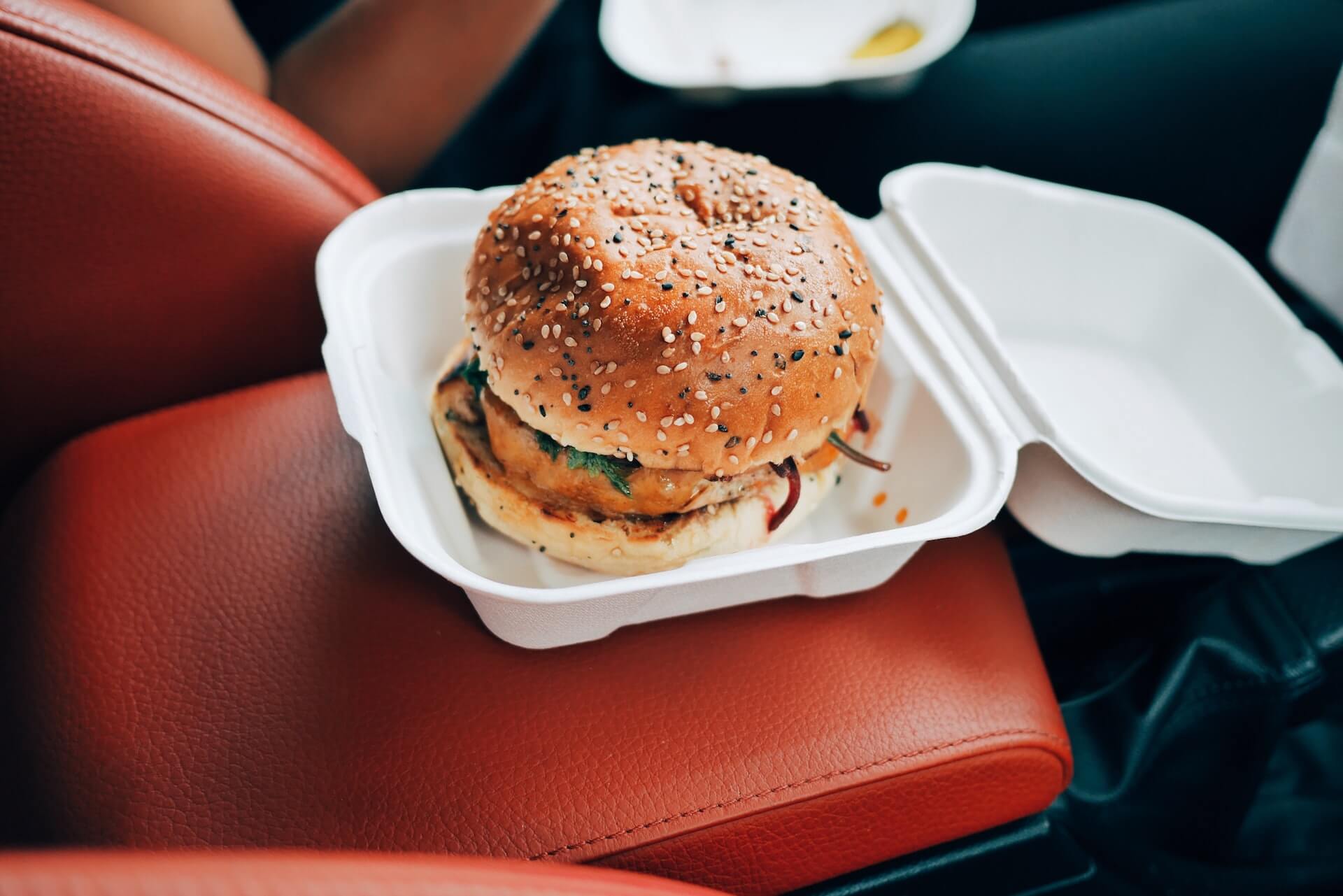The Importance of Sticking to Your Standards
by David Klemt

One crucial task for all restaurant, bar, nightclub, and hotel operators is to set the acceptable standards and commit to maintaining them.
Hospitality operations are subject to an interesting paradox. We’re all told to prepare for things to go sideways during any given shift. We’re also told that adhering to our standards of service will help us weather a storm of challenges. Oftentimes, however, the first thing to slip at the first sign of trouble is: our standards.
When a client signs on with KRG Hospitality, they are given the task of identifying their core values. There’s an exercise for this key development step; it’s part of our standards.
Your core values inform your standards (and so much more): leadership team standards; front- and back-of-house team member standards; and standards of service. Additionally, you should spell out these standards during the onboarding process, utilizing an employee manual—which new hires must sign and date—and practical training.
It’s absolutely crucial that you and your team commit to your standards fully. They’re inviolable, what both KRG president Doug Radkey and Chef Brian Duffy call your “non-negotiables” during speaking engagements and when working with clients.
Are people going to make mistakes, including you? Yes. On occasion, a standard is going to slip. The key is understanding that maintaining standards helps reduce these occasions; panicking and allowing them to slip just drops us deeper into quicksand.
Someone on the team is going to miss a service step. Something will occur during a shift that’s not up to standards. What’s important in those moments is the ability for the team to recognize the slip quickly and correct course immediately.
Setting Standards
There are different ways for operators to select their standards. The example I provide at the top of this article is one approach KRG implements.
Michael Tipps, co-founder of Invictus Hospitality and friend of KRG Hospitality, has an intriguing approach of his own. He shared this during the 2023 Bar & Restaurant Expo in Las Vegas.
“Standards separate operators and their teams,” says Tipps. While he doesn’t encourage operators to look at every other operator in their market as competition, he does advocate for differentiation.
Tipps shared a three-step approach to standards. (Step two, by the way, is the one I find intriguing.)
- Create your standards. Again, there are different approaches.
- Pick your committee. I’m going to explain this further.
- Set standards against the grandest vision of your venue.
So, what does it mean to “pick your committee”? Well, it means surrounding yourself with people you respect…real or imagined. As Tipps explained during BRE, he has people in his life that he considers his committee. The real-life members of this committee are a sounding board for any number of ideas, questions, challenges, and even mistakes.
And yes, his committee also includes “imaginary” members, such as Michael Jordan and Phil Jackson. These are people that he doesn’t know personally but are known to have incredibly high standards. They’re high achievers and, of course, many have biographies and we can know their standards. Tipps has “asked” these committee members, “How should I handle X?”
This creative approach isn’t for everyone but every operator should at least give it a shot. When we step that far out of our comfort zones the results can be incredible.
The Cheat Code
On the specific topic of service standards, Tipps has a cheat code for operators: hotels. “The hotel mindset is a hospitality cheat code,” says Tipps.
How so? It’s quite enlightening.
Think about your restaurant. Now, think about it as the first-floor cornerstone of an upscale hotel. Imagine that there are 250 incredible boutique hotel rooms above your restaurant. These rooms command rates of several hundred dollars per night. Now think about how you would treat each guest in these expensive rooms if they ask for a straw.
“Make the effort to care like nobody else can,” says Tipps.
Always bear in mind that hospitality is how you make people feel. Your mission should be for each and every guest to feel relevant.
Generally speaking, most people don’t want to be alone. They’re not just coming to your restaurant because they’re hungry, to your bar because they’re thirsty. In reality, as Tipps would tell you, they’re coming to be around other people. They’re using your F&B as a reason to be around other people and feel relevant.
Your mission is to ensure people feel relevant when they spend time at your venue with your team. The package you send to accomplish this mission is your standards of service.
“Self-inflicted mediocrity is the result of laziness and lack of accountability,” Tipps says.
Hold everyone accountable for enforcing your standards—including yourself—and you’ll level up in every facet.
Image: Owen Michael Grech on Unsplash




